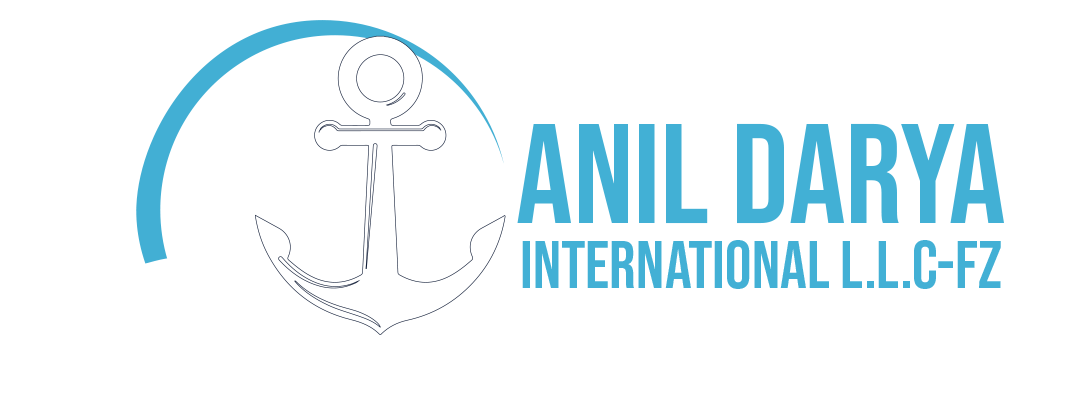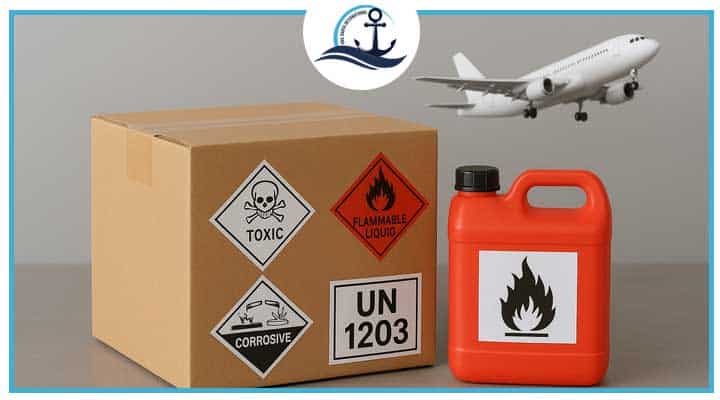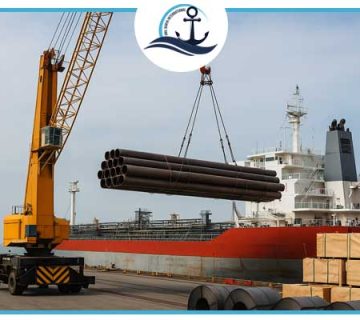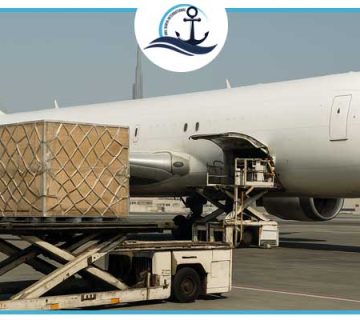|
Getting your Trinity Audio player ready...
|
How to Safely Pack and Label Dangerous Goods for Air Transport from Dubai
Shipping dangerous goods by air from Dubai requires precision, preparation, and deep knowledge of international safety standards. Whether your cargo includes chemicals, batteries, medical equipment, or industrial materials, proper packing and labeling are non-negotiable. Dubai’s strategic role as a global trade hub—and its strict adherence to International Air Transport Association (IATA) and International Civil Aviation Organization (ICAO) regulations—means that every package must meet exacting requirements before it is loaded onto an aircraft. Below is a comprehensive guide to help shippers, traders, and logistics managers avoid costly mistakes and ensure seamless transport.
Why Dangerous Goods Air Transport Demands Extra Care
Dangerous goods, also called hazardous cargo, cover a wide range of materials: flammable liquids, toxic substances, compressed gases, explosives, infectious materials, and more. Even everyday items such as lithium batteries or certain cleaning agents fall under regulated categories.
- Global regulations: The IATA Dangerous Goods Regulations (DGR) define how these materials must be classified, packed, labeled, and documented.
- Local enforcement:Dubai Airports and UAE customs apply these standards strictly. Non-compliance can lead to shipment rejection, fines, or even legal action.
For businesses shipping to or from Dubai, working with a specialist such as Anil Darya Shipping is the safest way to navigate this complex environment.
Classification and Documentation: The First Critical Step
Before any box is packed, shippers must accurately classify the goods according to the United Nations (UN) Dangerous Goods List. Each item is assigned a UN number and a hazard class that determines the type of packaging and labels required.
Key documents include:
- Shipper’s Declaration for Dangerous Goods
- Safety Data Sheet (SDS)
- Air Waybill (AWB)
These forms must match the package labels exactly. Even a minor typo can delay customs clearance or cause the airline to refuse the cargo. Anil Darya Shipping’s specialists review every document against both IATA DGR and UAE Civil Aviation Authority guidelines to ensure error-free submission.
Packing Techniques for Maximum Safety
Proper packing is not just a regulatory requirement—it protects people, aircraft, and cargo. The general principle is:
contain
cushion
comply
1-Contain
Use UN-certified packaging appropriate for the hazard class. For example:
- Corrosive liquids require plastic liners and reinforced outer boxes.
- Flammable solids often need metal drums with anti-static protection.
-Gases require pressure-tested cylinders with venting systems.
2-Cushion
Inner packaging should prevent movement and absorb shock or leaks. Absorbent material is mandatory for liquids.
3-Comply
Packaging must pass IATA pressure-differential tests to withstand air-cargo conditions.
Anil Darya Shipping sources certified containers and verifies every seal, ensuring your shipment meets 2025 IMO and UAE safety updates on the first attempt.
Labeling: Communicating Risk Clearly
Even the strongest packaging fails if labels are missing or incorrect. Each package must display:
- Hazard Class Labels e.g., flammable, corrosive, toxic.
- UN Number The unique identifier for the dangerous substance
- Handling Instructions Orientation arrows, “Cargo Aircraft Only” labels when applicable.
Labels must be durable, weather-resistant, and printed in English (with Arabic translations when required). They must match the details on the AWB and the Shipper’s Declaration exactly. Anil Darya Shipping performs a final inspection to confirm that every label is visible and compliant before cargo enters Dubai Airport’s handling facilities.
Choosing the Right Freight Mode: Air, Sea, Bulk, or Break Bulk
While air transport offers unmatched speed, not all dangerous goods are suitable—or economical—for air shipment. Some items are restricted due to explosive risk or temperature sensitivity, while others may simply be too large.
Sea Freight: Ideal for large volumes or cargo with relaxed delivery deadlines.
Bulk Cargo UAE Services: Perfect for raw materials like chemicals or minerals shipped in large, unpackaged quantities.
Break Bulk Dubai Options: Suited for oversized equipment that cannot fit into standard containers.
A thorough Dubai freight comparison allows shippers to balance cost, speed, and safety. Anil Darya Shipping provides side-by-side analyses and can design hybrid solutions, such as sending oversized equipment by sea while air-freighting time-sensitive components.
Cost Considerations and Insurance
Air freight for dangerous goods typically costs more than standard cargo due to special handling, documentation, and packaging. Costs depend on:
- Hazard classification (higher risk = higher fees)
- Weight and dimensions
- Destination regulations
- Seasonal demand for air capacity
To protect your investment, comprehensive cargo insurance is strongly recommended. Anil Darya Shipping offers insurance options tailored to hazardous shipments, covering potential losses from delays, damage, or regulatory issues.
The Anil Darya Advantage
Choosing the right logistics partner can be the difference between a seamless shipment and an expensive delay. Anil Darya International L.L.C-FZ brings:
- End-to-End Expertise: From cargo assessment and classification to final delivery.
- Direct Liaison with Authorities: Close relationships with Dubai customs, airlines, and port officials speed up approvals.
- 24/7 Customer Support: Real-time tracking and immediate updates give shippers peace of mind.
- Multi-Modal Solutions: Whether you need dangerous goods air freight, sea freight, bulk cargo, or break bulk services, our team creates a custom plan that meets your deadline and budget.
Preparing for 2025 and Beyond
The International Maritime Organization (IMO) and UAE regulators continue to update hazardous-cargo requirements. Recent amendments include stricter limits on lithium battery shipments and enhanced documentation for chemical cargo.
For a detailed overview of the latest IMO & UAE Hazardous Cargo Rules 2025, see our full guide IMO & UAE Hazardous Cargo Rules 2025: Key Points for Dubai Shippers
Our certified experts will evaluate your shipment, recommend the safest packing method, and handle every document so you can focus on your business.
Frequently Asked Questions (FAQ)
Items such as flammable liquids, lithium batteries, corrosive chemicals, compressed gases, and radioactive materials are classified as dangerous goods under IATA regulations.
No. Some items are strictly prohibited or allowed only under special conditions. Anil Darya Shipping checks your cargo against current UAE and airline restrictions before booking.
Preparation time depends on classification, documentation, and packaging requirements, but most shipments are cleared within 3–5 business days once all permits are ready.
Incorrect labels or packaging can result in shipment rejection, fines, or confiscation at Dubai Airport. Using a certified logistics provider prevents these issues.
Yes. Combining air freight for urgent items with sea or break bulk Dubai options for oversized equipment can reduce costs while maintaining deadlines.
Insurance is strongly recommended to cover losses from damage, delays, or accidents. Anil Darya Shipping provides tailored insurance options.
Key documents include the Shipper’s Declaration, Air Waybill, Safety Data Sheet, and any special UAE permits.
Absolutely. Our team coordinates bulk cargo and air shipments for customers who need multi-modal transport solutions.





No comment